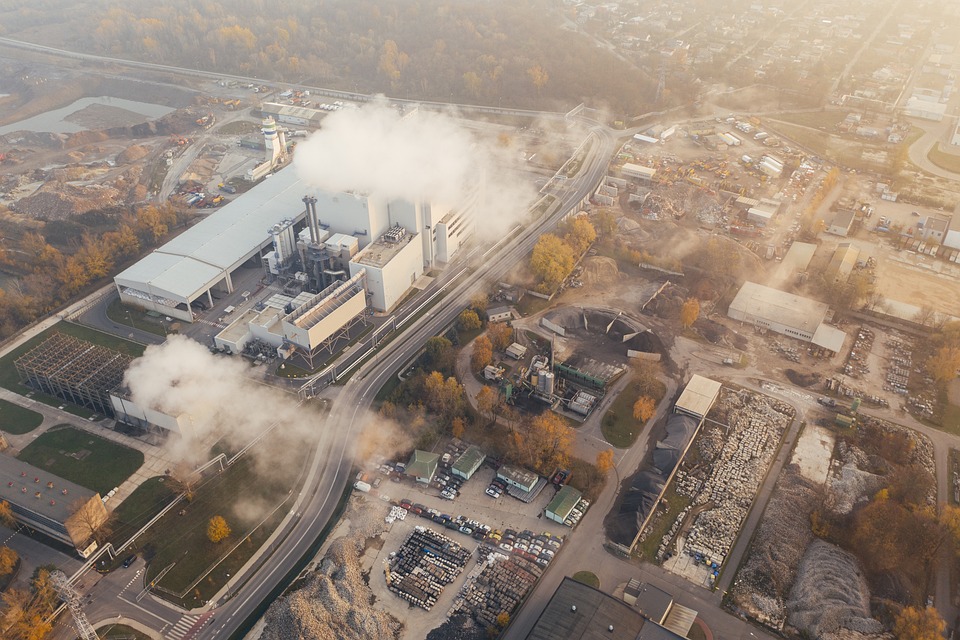Greenhouse Gas Emissions Reduction

Greenhouse gas emissions are a critical factor in climate change, contributing significantly to global warming. These gases, including carbon dioxide, methane, and nitrous oxide, trap heat in the atmosphere, leading to rising temperatures and climate instability.
As the world becomes more industrialized, the concentration of these gases has increased dramatically, prompting a crucial need for reduction strategies.
The Importance of Reducing Greenhouse Gas Emissions
Reducing greenhouse gas emissions is vital for maintaining a stable and healthy planet. The effects of unchecked emissions are far-reaching, impacting not only the environment but also human health, agriculture, and economies worldwide. By curbing emissions, we can mitigate climate change, reduce severe weather events, and create a more sustainable future.
Environmental Benefits
The environmental benefits of reducing greenhouse gas emissions are profound. Lower emissions lead to cleaner air and water, more stable weather patterns, and the preservation of ecosystems. This, in turn, helps to maintain biodiversity and protect endangered species.
Economic Advantages
Contrary to some beliefs, reducing greenhouse gas emissions can be economically beneficial. Investing in clean energy technologies creates jobs, stimulates innovation, and reduces the economic risks associated with climate change. Transitioning to a low-carbon economy can drive growth and competitiveness, ensuring a sustainable economic future.
Effective Strategies for Emissions Reduction
Tackling greenhouse gas emissions requires a multi-faceted approach. Implementing effective strategies at both the individual and collective levels is essential for making meaningful progress. Below are some key strategies that can be adopted.
Transition to Renewable Energy
One of the most impactful ways to reduce emissions is by transitioning from fossil fuels to renewable energy sources such as wind, solar, and hydroelectric power. These sources are abundant, sustainable, and produce little to no emissions, making them ideal for long-term energy solutions.
Enhance Energy Efficiency
Improving energy efficiency in homes, buildings, and industries can significantly reduce emissions. By using energy more effectively, we can lower demand and decrease the need for fossil fuel consumption. Simple changes, such as upgrading to energy-efficient appliances and improving insulation, can make a substantial difference.
Promote Sustainable Transportation
The transportation sector is a major contributor to greenhouse gas emissions. Encouraging the use of public transportation, cycling, and walking, as well as investing in electric and hybrid vehicles, can reduce emissions from this sector. Urban planning that supports sustainable transportation infrastructure is also crucial.
Implement Carbon Pricing
Carbon pricing is an economic strategy that assigns a cost to greenhouse gas emissions. By putting a price on carbon, businesses and consumers are incentivized to reduce their emissions. This approach encourages innovation and the adoption of cleaner technologies.
Promote Reforestation and Afforestation
Trees play a critical role in absorbing carbon dioxide from the atmosphere. Reforestation and afforestation efforts help to sequester carbon, restoring natural carbon sinks and enhancing biodiversity. Supporting these initiatives is a vital component of any emissions reduction strategy.
Individual Actions Matter
While systemic change is essential, individual actions are equally important in the fight against climate change. Making conscious choices in our daily lives can lead to significant reductions in greenhouse gas emissions. Here are some actions individuals can take:
Conserve Energy
Simple actions like turning off lights when not in use, using energy-efficient light bulbs, and unplugging electronic devices can reduce energy consumption and emissions.
Reduce, Reuse, Recycle
Minimizing waste through recycling and reusing products can help reduce emissions associated with manufacturing and waste management. Supporting products made from recycled materials also contributes to reducing emissions.
Adopt a Plant-Based Diet
The livestock industry is a significant source of methane emissions. Reducing meat consumption and adopting a plant-based diet can significantly lower an individual’s carbon footprint.
Support Sustainable Brands
Choosing to buy from companies that prioritize sustainability and environmental responsibility supports the shift towards a low-carbon economy. Consumers have the power to drive change by demanding more sustainable products and practices.
The Role of Policy and Innovation
Government policies play a crucial role in driving emissions reduction. By setting regulations and providing incentives for clean energy and technology, governments can accelerate the transition to a sustainable future. Innovation is also key, as advances in technology can offer new solutions for reducing emissions.
International Cooperation
Global challenges require global solutions. International agreements, such as the Paris Agreement, are essential for coordinating efforts to reduce emissions on a worldwide scale. Collaborative action and knowledge sharing can lead to more effective strategies and outcomes.
Investing in Research and Development
Investing in research and development is crucial for discovering new technologies and methods for emissions reduction. Continuous innovation can lead to breakthroughs that make clean energy more accessible and affordable.
Conclusion
Reducing greenhouse gas emissions is not just an environmental imperative; it is a necessity for ensuring a sustainable and prosperous future for all. By adopting effective strategies, supporting policy changes, and making conscious individual choices, we can collectively make a significant impact.
The journey towards a low-carbon world is challenging but achievable, and it requires the commitment and cooperation of every individual, business, and government. Together, we can build a better, more resilient planet for future generations.






